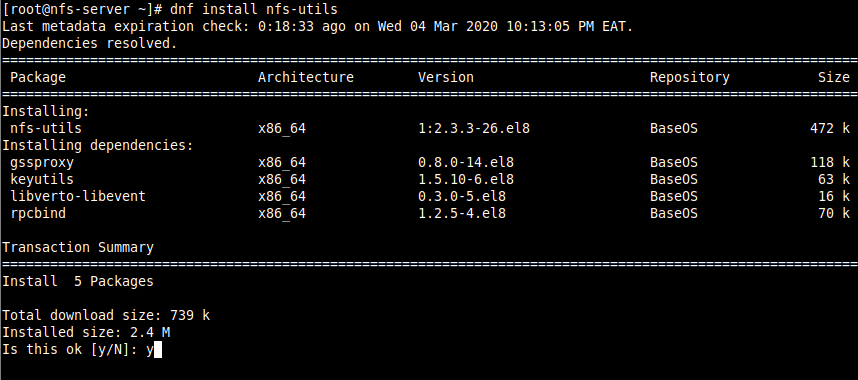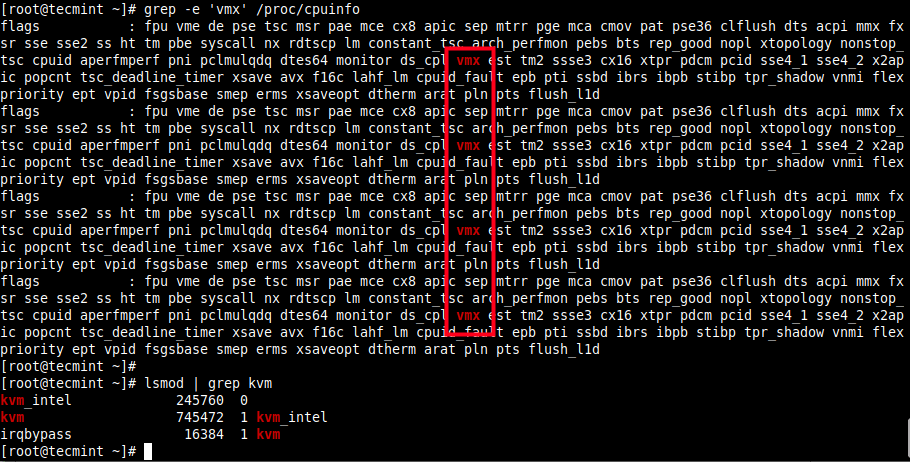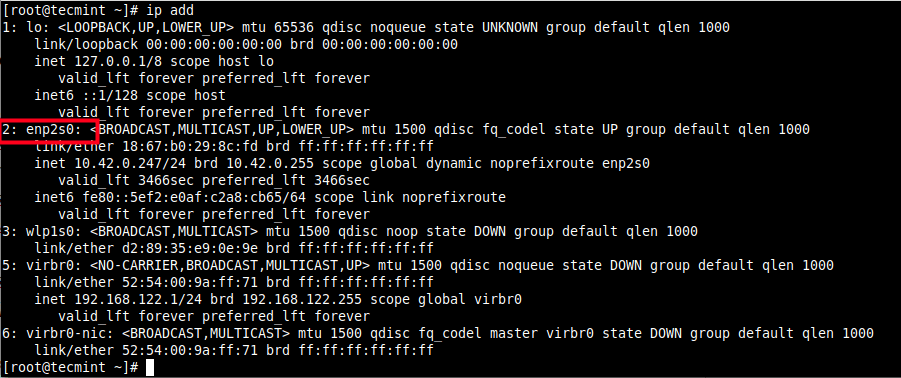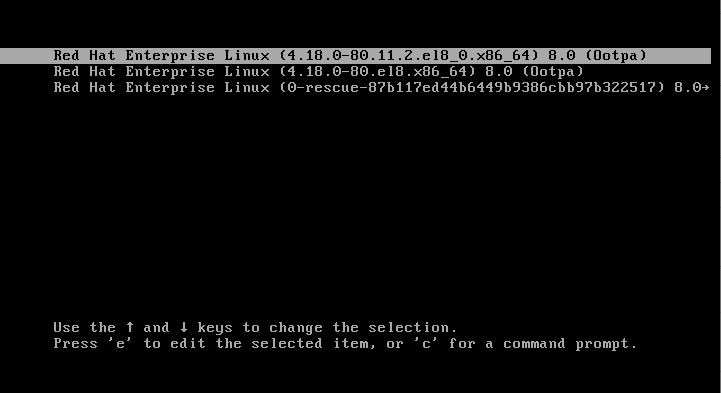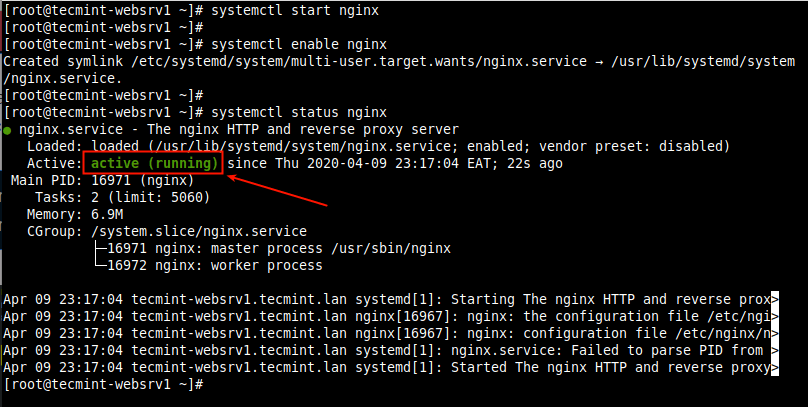WireGuard is a modern, secure, cross-platform and general-purpose VPN implementation that uses state-of-the-art cryptography. It aims to be speedy, simpler, leaner and more functional than IPsec and it intends to be more performant than OpenVPN. It is designed for use in various circumstances and can be deployed on embedded interfaces, fully loaded backbone routers, and
RedHat - Page 7 of 8 - DesignLinux
How to Fix “Failed to set locale, defaulting to C.UTF-8” in CentOS 8
Have you ever encountered the warning/error “Failed to set locale, defaulting to C.UTF-8” in CentOS 8 or RHEL 8? If yes, then this article describes how to fix this error. Note that this article should also work on any operating systems based on RHEL 8. A locale is a set of basic system parameters that
How to Set Up NFS Server and Client on CentOS 8
Network File System (NFS) also known as client/server file system is a popular, cross-platform and distributed file system protocol used to export local file systems over the network so that clients can share directories and files with others over a network and interact with them as though they are mounted locally. In CentOS/RHEL 8, the
How to Install KVM on CentOS/RHEL 8
Kernel-based Virtual Machine (KVM in short) is an open-source and de facto standard virtualization solution that is tightly integrated into Linux. It is a loadable kernel module that turns Linux into a type-1 (bare-metal) hypervisor that creates a virtual operating platform used to run virtual machines (VMs). Under KVM, each VM is a Linux process
3 Ways to Create a Network Bridge in RHEL/CentOS 8
A network bridge is a data-link layer device that interconnects two or more network segments, offering communication between them. It creates a single network interface to set up a single aggregate network from multiple networks or network segments. It forwards traffic based on the MAC addresses of hosts (stored in a MAC address table). Linux
How to Set Up IPsec-based VPN with Strongswan on CentOS/RHEL 8
strongSwan is an open-source, multi-platform, modern and complete IPsec-based VPN solution for Linux that provides full support for Internet Key Exchange (both IKEv1 and IKEv2) to establish security associations (SA) between two peers. It is full-featured, modular by design and offers dozens of plugins that enhance the core functionality. Related Article: How to Set Up
How to Reset Forgotten Root Password in RHEL 8
In this guide, you will learn how to reset a forgotten root password on RHEL 8 server. Resetting the root password usually involves a few steps that will help you to reset the root password and you will thereafter be able to log in using the new root password. Related Read: How to Reset Forgotten
How to Create Your Own IPsec VPN Server in Linux
There are so many benefits of using a VPN (Virtual Private Network), some of which include keeping you safe on the internet by encrypting your traffic and helping you to access blocked content/sites/web applications from anywhere. Not to mention, VPN also helps you to browse the internet anonymously. In this article, you will learn how
How To Install Varnish Cache 6 for Nginx on CentOS/RHEL 8
Varnish Cache (commonly referred to as Varnish) is an open-source, powerful and fast reverse-proxy HTTP accelerator with modern architecture and flexible configuration language. Being a reverse proxy simply means it is a software that you can deploy in front of your web server (which is the origin server or backend) such as Nginx, to receive
How to Install Ruby on CentOS/RHEL 8
Ruby is a dynamic, multi-purpose, free, and open-source programming language that is usually used for the development of web applications. It’s a high-level programming language that enjoys a vibrant community of developers who help maintain and continually improve the language for better and more efficient code. Ruby can be used in diverse applications such as



